Data Visualization transforms raw data into visual formats for easier interpretation, providing insights into patterns and trends. It's an essential tool for industries relying on data-driven decision-making, enhancing communication and understanding through intuitive visuals.
Data Visualization tools convert complex datasets into charts, graphs, and other visual representations, aiding in data comprehension. These solutions support various data types and sources, offering interactive elements that enable deeper analysis. They are widely utilized by teams to make data more accessible and understandable, helping to highlight insights for actionable strategies.
What are the critical features of this solution?In healthcare, Data Visualization assists in monitoring patient data and outcomes, while in retail it aids in tracking customer behaviors and preferences. Financial services utilize such tools for risk assessment and investment analysis, contributing significantly to operational strategies.
Data Visualization aids organizations by revealing hidden patterns and trends, enabling data-driven decisions. As data grows exponentially, these tools become indispensable for transforming complex information into clear, actionable insights.

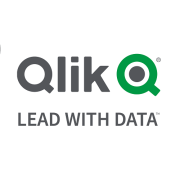




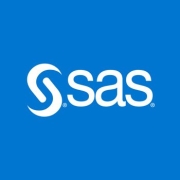



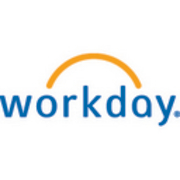
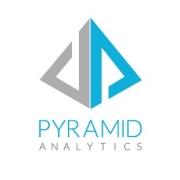











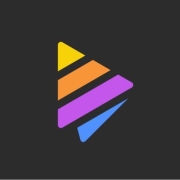



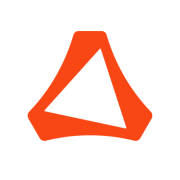







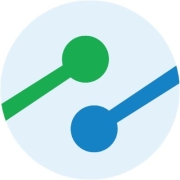


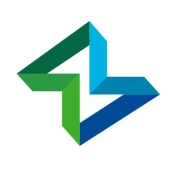







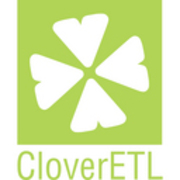





![Zephyr Illuminate [EOL] Logo](https://images.peerspot.com/image/upload/c_scale,dpr_3.0,f_auto,q_100,w_60/bcc75we8573t8cxrg0p1lszgh0mt.jpg)


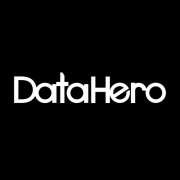
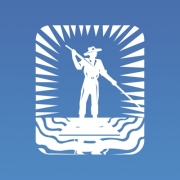
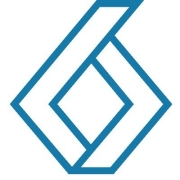

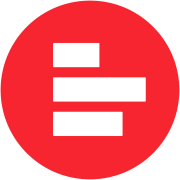



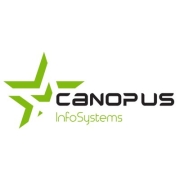
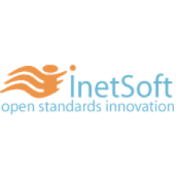




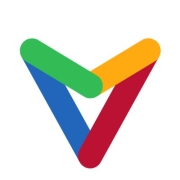
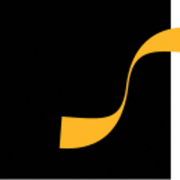
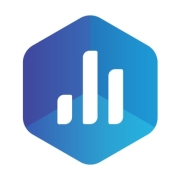


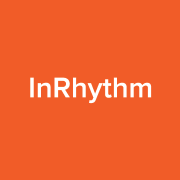


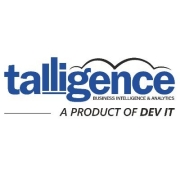








Data Visualization can enhance decision-making by transforming complex data sets into intuitive graphics so you can quickly grasp insights and identify trends. Visualizations provide clarity that can speed up your understanding of underlying patterns and issues, enabling you to make well-informed decisions with increased confidence.
What are the key features to look for in a Data Visualization tool?When selecting a Data Visualization tool, prioritize features such as ease of use, scalability, and customization. Look for tools that offer interactive dashboards, diverse chart options, and integrations with other data sources. Ensure it provides secure sharing options and supports real-time data updates to enhance collaboration across your team.
How does real-time Data Visualization impact business operations?Real-time Data Visualization impacts business operations by providing up-to-date information that helps identify issues as they occur. This immediacy enables you to make timely decisions and respond swiftly to market changes. Real-time insights can also optimize processes, enhance customer experiences, and maintain a competitive advantage.
What are common challenges faced when implementing Data Visualization?Common challenges in implementing Data Visualization include data quality issues, choosing the right type of visualization, and ensuring the visualizations are accessible to all stakeholders. You may also encounter difficulties with tool adoption and need to provide adequate training to ensure everyone can interpret the data accurately.
Why is interactive Data Visualization important for user engagement?Interactive Data Visualization is crucial for user engagement as it allows users to explore data dynamically, filtering and drilling down to discover insights that are most relevant to them. This interaction can lead to a deeper understanding of the data, fostering more meaningful insights and more informed discussions within your team.